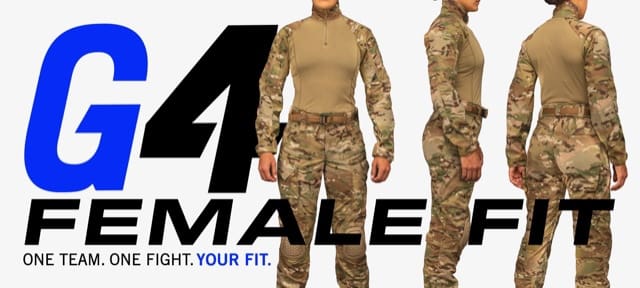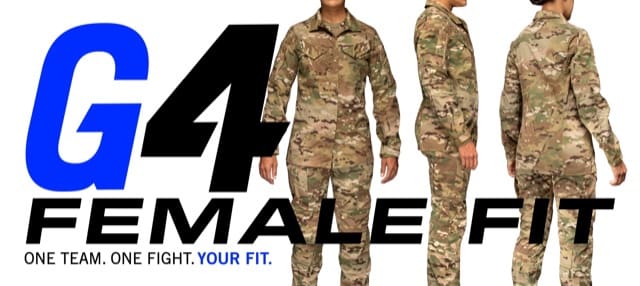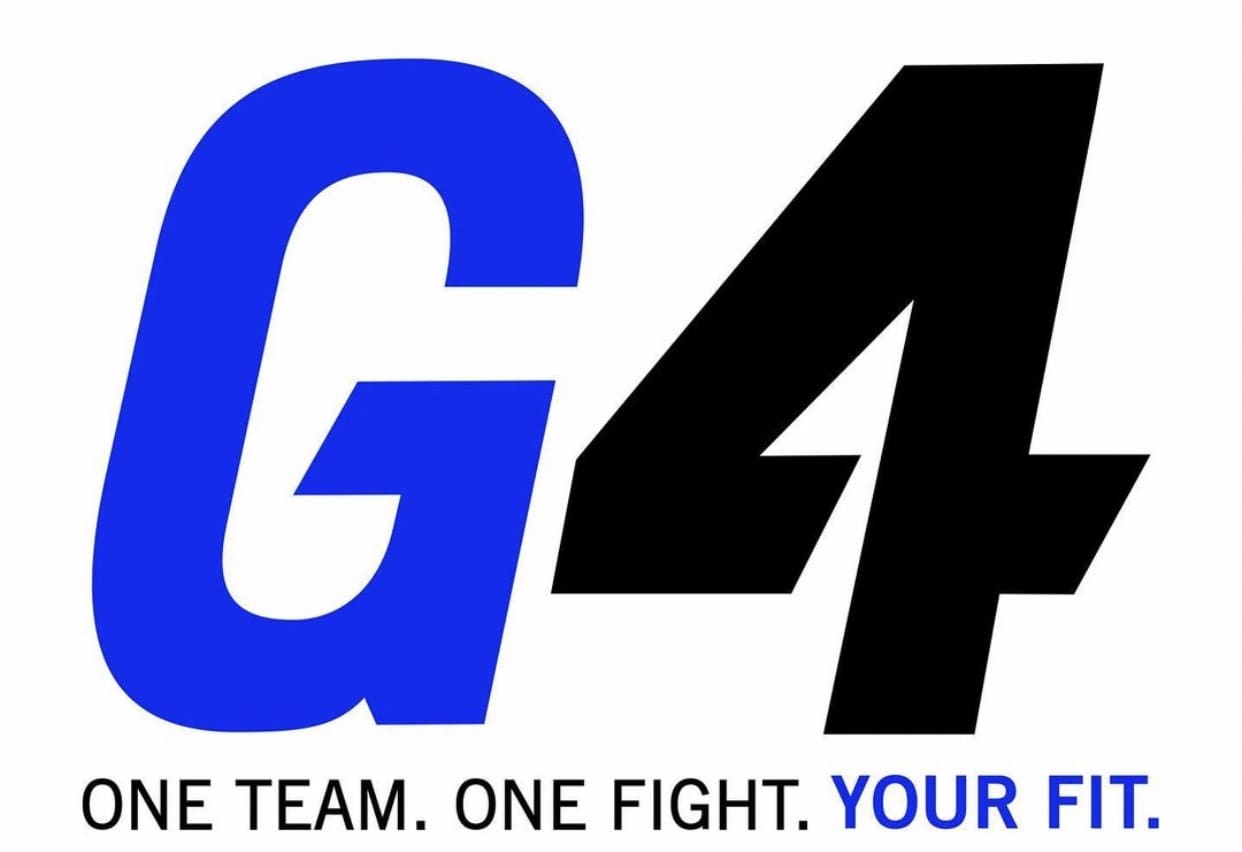ATHENS, Ala. – February 2, 2021 – Shoot Like A Girl is pleased to welcome back more than 38 corporate partners for the much-anticipated 2021 Home of the Brave Tour. Returning sponsors include Bass Pro Shops, Cabela’s, Beretta, Bushnell, GLOCK, Ruger, Colt, Magpul, Savage Arms, Springfield Armory, Walther, FN America, Heckler & Koch, Smith & Wesson, TrueTimber, Walker’s, Birchwood Casey, Mossberg, CrossBreed Holsters, Thermacell, Black Rifle Coffee Company, GTM, SABRE, Archery 360, Bowhunting 360, SOG, Women’s Outdoor News, Rocky Mountain Elk Foundation, Primos, Gold Tip Arrows, Hoppe’s, Federal Ammunition, Mathews, Hoyt, S & S Outdoors, ALPS OutdoorZ, LaCrosse Footwear and Upper Canyon Outfitters.
“We’re so honored to welcome these incredible partners back as we launch into our Home of the Brave Tour which starts next month,” said Karen Butler, Founder and President of Shoot Like A Girl. “In the midst of a challenging year in 2020—and in spite of ever-changing COVID-19 regulations, civil unrest and political uncertainty—Shoot Like A Girl had an incredible year of growth, and these partners played a big role in that. We’re excited to make history again in 2021 and see even more women become empowered with confidence as they begin their journey in the shooting sports.”
Empowering Women in 2021
The Shoot Like A Girl experience is truly unique, giving women the opportunity to shoot a pistol, rifle and bow in a safe, controlled environment with the guidance of female NRA-certified instructors and archery coaches. In 2020, the tour included stops at Bass Pro Shops and Cabela’s, conservation events
and corporate events—with several events having lines out the door and record numbers of attendees. Looking ahead to the 2021 Home of the Brave Tour, Shoot Like A Girl is anticipating continued momentum from the previous year. The tour will begin in early February, and a full event schedule is available online.
More information about Shoot Like A Girl’s mission, partners, resources and event schedule is available at ShootLikeAGirl.com. Additionally, fans are encouraged to follow Shoot Like A Girl on Facebook, Pinterest, Instagram and YouTube for news, instruction, information and much more.
About Shoot Like A Girl
As a leader in the industry, Shoot Like A Girl is committed to growing the number of women who participate in the shooting sports by empowering them with confidence. The Shoot Like A Girl trailer, utilizing InVeris Training Solutions state-of-the-art military grade firearm simulator, travels to cities all across the United States, hosting an interactive experience that gives attendees an opportunity to shoot pistols, rifles and bows in a fun, safe and comfortable atmosphere. The event is free to each guest thanks to Shoot Like A Girl’s generous corporate partners, including Bass Pro Shops, Cabela’s, Beretta, Bushnell, GLOCK, Ruger, Colt, Magpul, Savage Arms, Springfield Armory, Walther, FN America, Heckler & Koch, Smith & Wesson, TrueTimber, Walker’s, Birchwood Casey, GPS Bags, TekMat, Dead Down Wind, Mossberg, CrossBreed Holsters, Thermacell, Black Rifle Coffee Company, GTM Original, SABRE, SOG, Women’s Outdoor News, Rocky Mountain Elk Foundation, Primos, Gold Tip Arrows, Hoppe’s, Federal Ammunition, Mathews, Hoyt, S & S Outdoors, LaCrosse Footwear, Moultrie Mobile and Upper Canyon Outfitters.


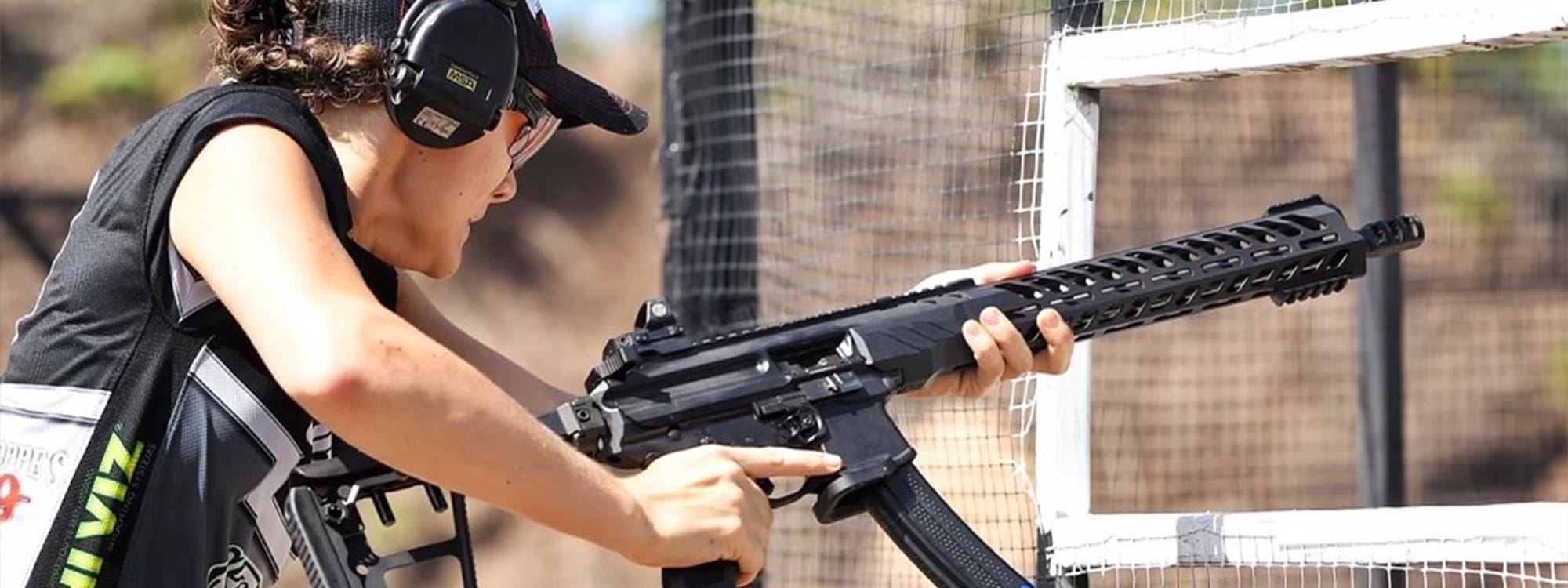
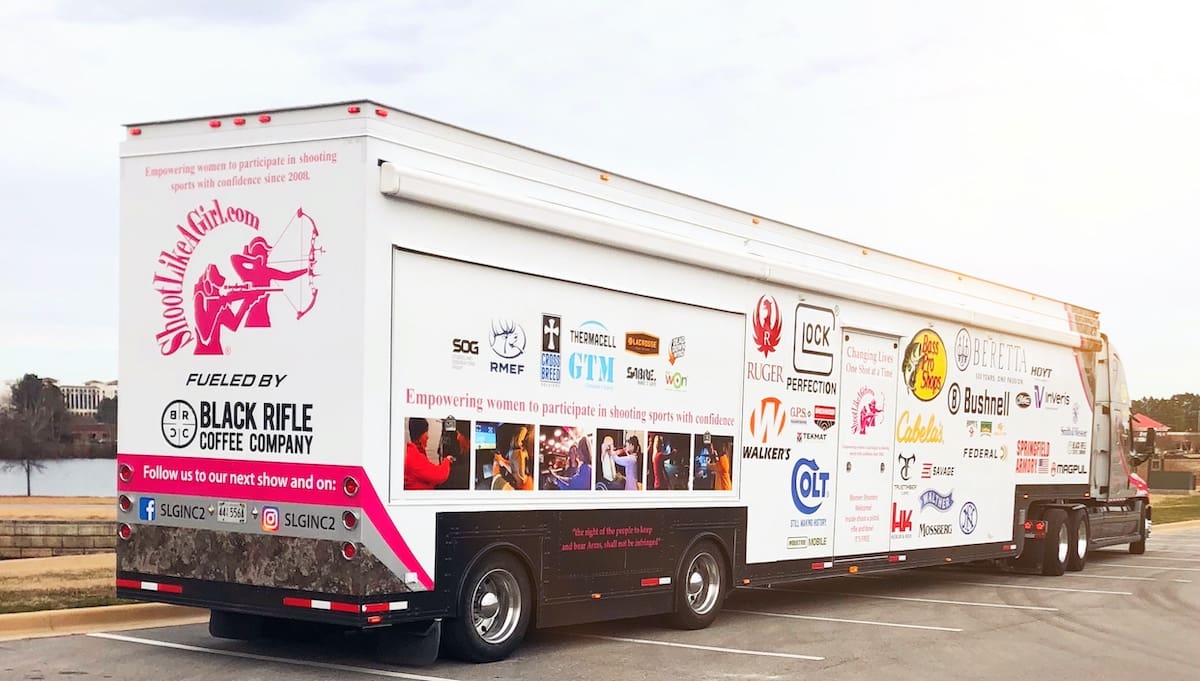
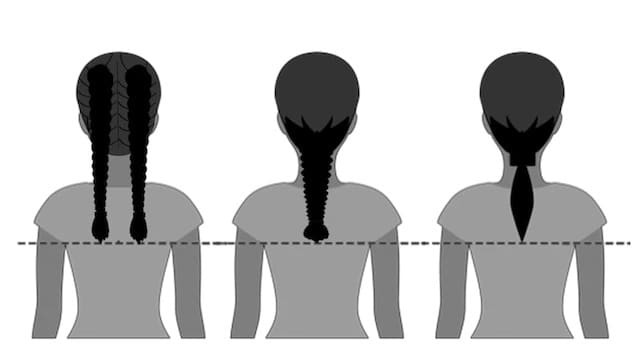
 ATHENS, Ala. – January 6, 2021 –
ATHENS, Ala. – January 6, 2021 – 
